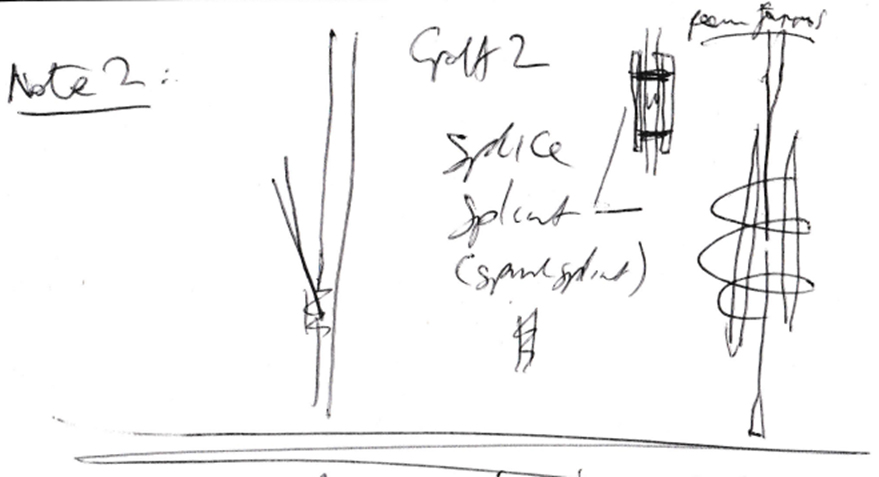‘Collaboration’ can mean any interaction we care to configure – positive or negative or both something else. I have worked with poets who have ‘uncollaborated’ – removed material (of theirs) from the collaboration to use in other contexts (fine, I am okay with that) – ‘cannibalise’ as Tom Raworth called his excision of material from a collaborative text in the mid 90s. I have encountered collaborators who deny the agency or existence of the other collaborating party, or loss of faith in the collective outcome/work. Other collaborations have dwindled and gone silent after having great energy and zest, though I find these often eventually ‘reboot’ and have new life and fresh direction; others remain incipient or work on a ‘small scale’ (a few fragments maybe) never to go further, and for the moment to be what it was.
So collaboration becomes a personal anchoring against winds of creative change, slippage in personal interactions, and the drives of text itself. Having collaborated with many different practitioners, I ultimately collaborate with the idea of ‘art’ as a generative means of facilitating conversation and making an extra(mural) creativity. My friendships often form in the nexus and matrix of collaboration. I – we – find ourselves as we exist in relation to each other, the text, and versions of ‘the world’ (abstract, conceptual, empirical). The third party rises without prejudice, we hope. How activist can these interactions be? – different intentions pull against the desire for personal (specific) outcomes. It / they so often eludes the pragmatic. The activist notions of the collaborative break down and we are left holding fragments of our intention(s).
As I was walking the Colla loop, I was thinking about my childhood fascination with things military (the very fascination that led me to pacifism)… and I’ve decided to write a sequence of poems entitled ‘War Games’ that deal with this (extending from ‘Army Surplus’ – a recent poem). I will start with the notion of the ‘fort’ – its implications in life and language
International regionalism is a manifestation of ‘artistic’ collaboration.
Polysituatedness is subliminal collaboration through psycho-geographic co-ordinates.
These walks aren’t overlays but grafts (see Note 1) onto pre-existing notions of place and pre-determined understandings (come from observation and participation) of place. I do not add ‘palimpsests’ to the walk from other walks. But I obviously walk informed by my experiences of the same walk, other walks, my general knowledge of walking, and things a priori. Rather, I call this ‘grafting’ – I graft all I am onto the walk as it happens, and also afterwards. This grafting makes a narrative thread that is both linear and Möbius. Continuous and infinite. Adding and flowing. It does not build ‘up’ but ‘along’. The points on the loop are approaching the infinite even if they cannot be infinite (ecological damage prevents this). I count syllables as I walk. I memorise and memorialise with the markers of my tread.
Watched a wren in the hedge near Town Park today – lively!
Note 1: A graft over the top of, say, exposed flesh – a skin graft – is not a palimpsest but a removal and addition to create continuation. To fuse with what is (left) there to become one with and not just a patch or a cover(ing).

Evening walk up to the top of Ardmanagh and back. Examining the ‘skin’ of a foxglove flower I thought of the organicism of graft, of the restoration and repair and recovery of graft, and the growth and repair of the poem. I also thought about the materials to make the graft – where they come from, the effect on the source, the damage and cost of graft: of phonemes and morphemes, of syntax and utterances. The ‘all’ the poem takes in its growth, its becoming the leaf (of the book, on the tree – metonym and metaphor).
from 25/5/2015 Schull
Unlike Deleuze, I do not believe in a unity to which all ‘subdivisions’ are subsumed …
Graft (and leaf) is the interrupted unity, the introduction of the duality that suggests (genetics, observed experience) a certain fruition, but always contains an anarchic possibility – the graft that doesn’t take or that is poorly done or gets affected by other biological or empirical (environmental) forces. A certain contingent certainty = graft = poem.









